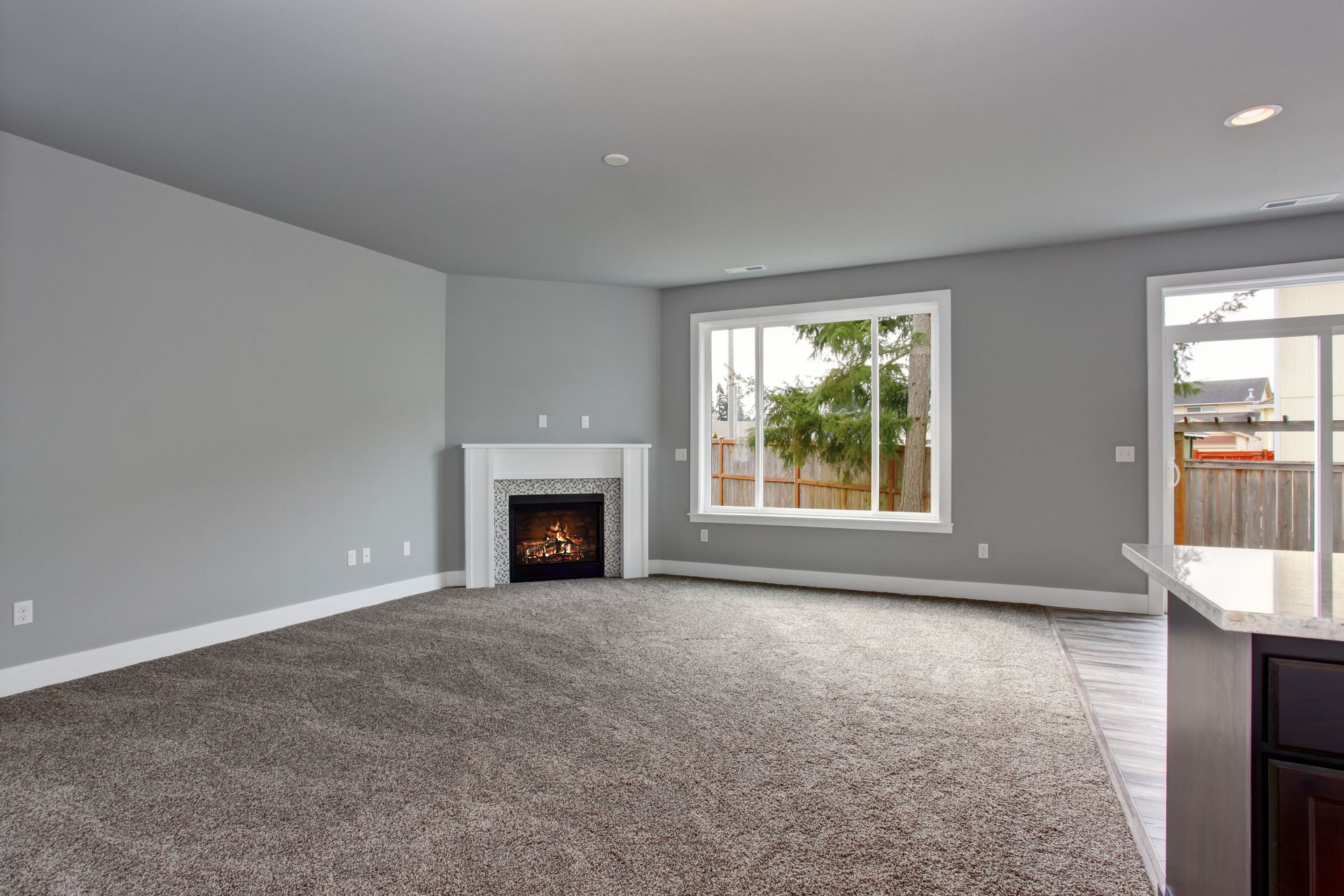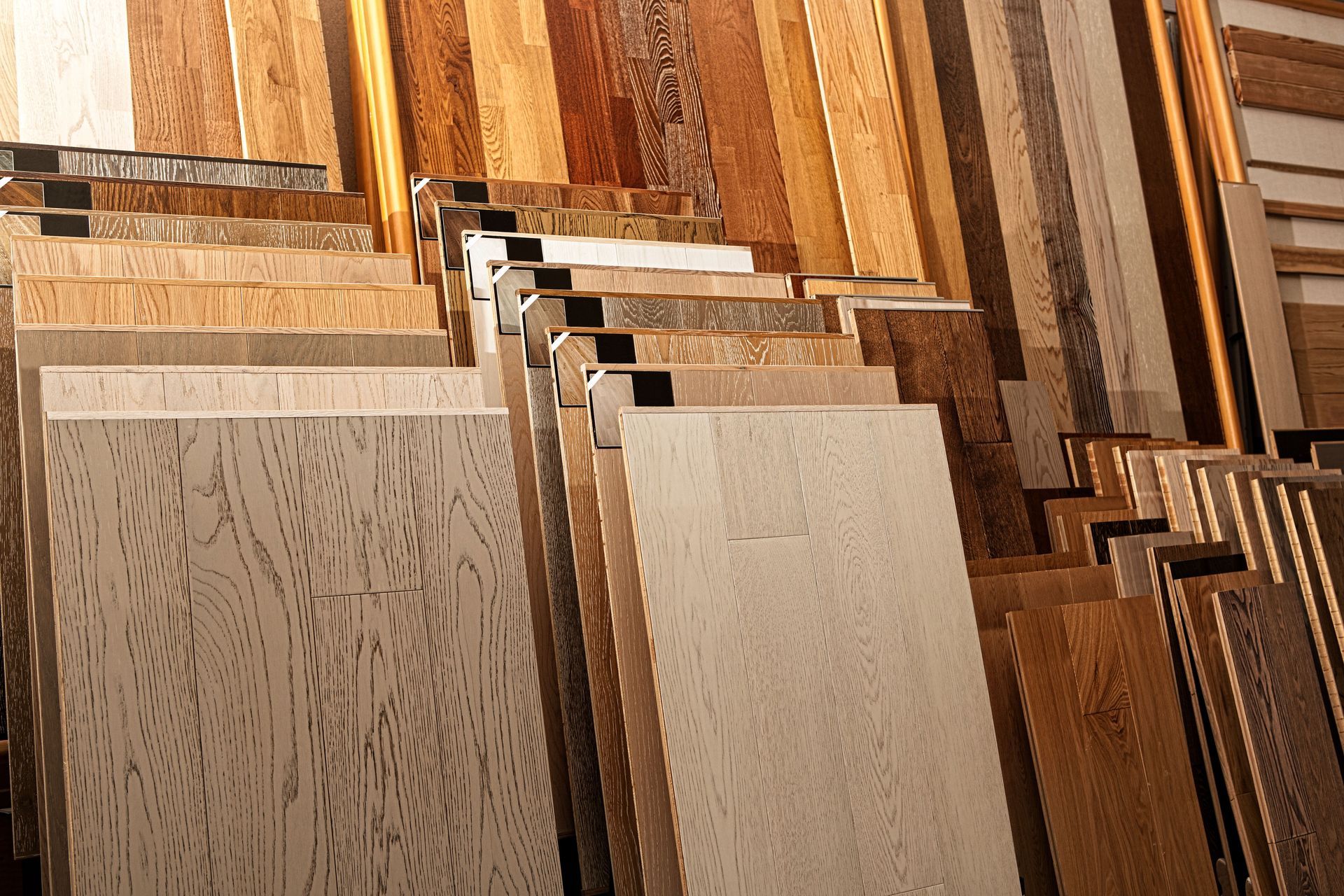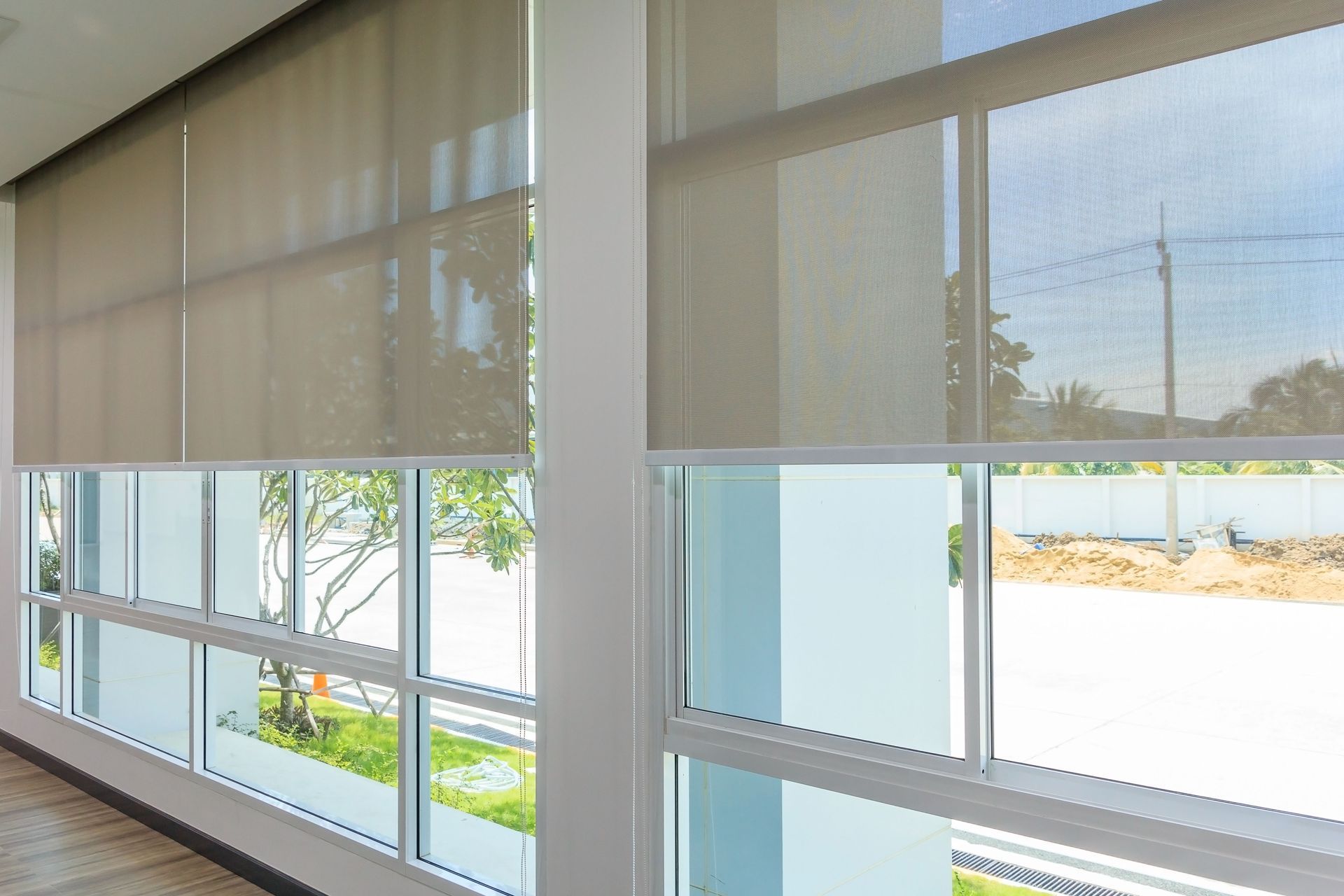August 7, 2025
Carpeting adds warmth, comfort, and style to any space, making it a popular choice for homeowners and property managers alike. Whether you've chosen plush, patterned, or low-pile carpeting, keeping it looking fresh and feeling soft requires consistent care—especially in the weeks and months following installation. While new carpeting may appear low-maintenance at first, proper post-installation upkeep is crucial to preserving its color, texture, and overall appearance. From preventing early wear to addressing spills and foot traffic, being proactive with your carpet care routine can make a major difference in longevity. Keep reading to learn about four practical strategies to help you maintain the beauty and performance of your carpet for years to come—whether it's in a high-traffic living room or a cozy bedroom retreat.
1. Regular Vacuuming
Regular vacuuming is the cornerstone of effective carpet maintenance. The frequency of vacuuming depends largely on the type of carpeting and the volume of foot traffic it endures. For high-traffic areas, such as living rooms or hallways, vacuuming should be done at least twice a week. For lower-traffic areas, once a week may be sufficient. Regularly vacuuming your carpet not only helps to keep it looking clean and fresh but also prevents dirt and debris from damaging the fibers over time.
Effective vacuuming techniques can greatly enhance dirt and dust removal. Always begin by vacuuming in a horizontal motion before switching to a vertical direction, covering each section twice. Use slow, deliberate movements to allow the vacuum to extract debris efficiently. Ensure that your vacuum bag or canister is emptied before it gets too full, as a full vacuum loses suction power. By employing proper techniques, you maximize the cleanliness and longevity of your carpet.
High-traffic areas in your home are more prone to dirt buildup and wear, requiring additional attention. Focus on these areas with more frequent vacuuming, potentially three to four times a week. Doing so prevents accumulation of dirt, which can lead to matting and damage over time. In addition to vacuuming, consider rotating furniture to change the traffic pattern, reducing concentrated wear in specific areas. Preventive vacuuming is a proactive approach to safeguarding your carpet’s appearance and durability.
2. Immediate Stain Removal
Carpet stains are inevitable, and identifying them quickly is key to effective removal. Common carpeting stains include food and beverage spills, mud, pet accidents, and ink. Each stain type requires specific cleaning techniques and solutions to ensure complete removal without damaging the carpet fibers. By familiarizing yourself with the most frequent stain culprits in your household, you'll be better prepared to address them swiftly. Prompt identification and treatment help prevent stains from setting and discoloring the carpeting permanently.
Quickly responding to spills is crucial in minimizing the risk of permanent stains. The first step is to blot the spill gently with a clean towel or cloth, avoiding any rubbing that could spread the stain. For liquid spills, use paper towels to absorb as much liquid as possible before applying any cleaning solution. After blotting, apply a carpet-safe stain remover suited to the specific stain type, following the instructions carefully. Speedy action often makes the difference between a temporary and permanent blemish.
Stubborn stains might require the expertise of professional carpet cleaners. Professionals are equipped with superior cleaning agents and equipment that can tackle even the most obstinate stains. They can also offer specialized treatments that aren't typically available in over-the-counter products. Regular professional cleaning, as recommended by Home Advisor, can help maintain the pristine condition of your carpeting by addressing deep-set stains. Considering professional services can be a wise investment for preserving your carpet’s longevity.
Stains can appear unexpectedly, making constant vigilance necessary. Develop a routine check for new stains, especially in high-use areas like hallways, living rooms, and dining areas. Prompt attention to new stains ensures that they are addressed before they have a chance to set. Regular inspections encourage swift action, maintaining your carpet’s aesthetic and preventing unsightly blemishes that may lower the overall appeal of your space. Staying observant maintains not only the cleanliness but also the value of your carpeting over time.
3. Regular Deep Cleaning
Professional deep cleaning is a necessary complement to regular carpet maintenance. According to Home Advisor, scheduling a professional cleaning every six to 12 months is ideal to maintain your carpet's aesthetic and structural integrity. These experts use advanced equipment and techniques that reach deep into carpet fibers to remove dirt, allergens, and bacteria. Moreover, they can help rejuvenate heavily used or stained areas that regular vacuuming cannot. Integrating professional cleaning assures your carpeting remains fresh and extends its usable lifespan substantially.
Recognizing when your carpeting needs a deep clean is essential in maintaining its condition. Common signs include persistent odors, visible dirt, or dullness in color despite regular vacuuming. Allergies and increased dust in your home could also indicate the need for thorough cleaning. Additionally, if you find it challenging removing stains or notice matting, a deep clean might be necessary. Being aware of these indicators ensures timely intervention, preventing long-term wear and damage.
Deep cleaning your carpeting boasts numerous benefits beyond aesthetic improvements. It significantly reduces allergens, such as dust mites and pet dander, that accumulate over time, promoting better indoor air quality. This process removes substances that regular vacuuming cannot, maintaining a healthier living environment for you and your family. Furthermore, it refreshes the carpet fibers, restoring texture and vibrancy while helping to prolong the carpet’s overall life. Regular deep cleans are an investment in both comfort and longevity for your carpets.
4. Managing Pet Hair and Odors
Pets are wonderful companions, but they can take a toll on your carpeting with hair and odors. Regular grooming is key to minimizing the amount of shedding that occurs. Schedule frequent brushing sessions to reduce loose hair and dander before they reach the carpet. Bathing pets regularly also helps, as it reduces dirt and oils that could otherwise transfer to the carpet fibers. By managing pet grooming, you can significantly decrease the volume of hair and allergens in your home, contributing to a cleaner environment.
Pet odors can linger long after the initial incident if not addressed promptly. Specialized enzyme-based cleaners are effective at breaking down the organic compounds that cause persistent odors. Apply these products according to their instructions, ensuring thorough coverage on the affected area. Baking soda is also a straightforward solution: sprinkle it on the carpet, let it sit to absorb odors, and then vacuum it up. An annual deep cleaning, as advised by Home Advisor, also assists in maintaining a fresh-smelling carpet. Utilizing these strategies can help neutralize and manage pet-related odors effectively.
Pet hair can be stubborn to remove from carpeting, requiring specialized tools and techniques. Some vacuum cleaners come with attachments specifically designed for pet hair removal, such as brush rolls or rubber grippers. These attachments increase suction and smoothly lift pet hair from carpet fibers without damaging them. Regular use of these tools complements your vacuuming routine and helps to manage hair accumulation. Investing in a high-quality vacuum designed for homes with pets can prove beneficial in maintaining a cleaner, fur-free environment.
By following these comprehensive carpet maintenance tips, you can ensure that your carpeting remains a beautiful and durable feature in your home. Consistency in care and periodic professional assistance will go a long way in maintaining the aesthetic and functional qualities of your carpet, enhancing your living space for years to come.















